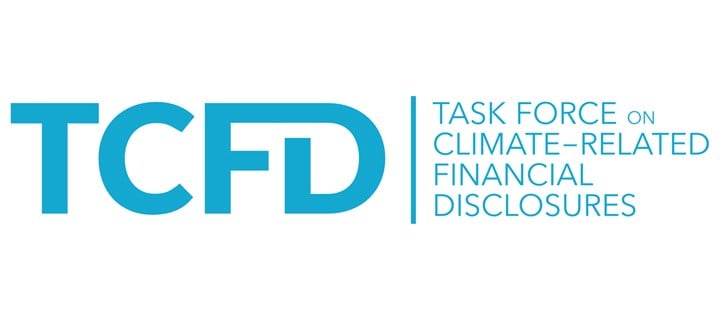ALIGNMENT WITH TCFD RECOMMENDATIONS
The Company’s pioneering and voluntary adoption of the TCFD Recommendations since 2017 provides climate-related financial information for ESG investors to make informed investment decisions. The findings of our 2023 materiality assessment revealed that “Climate Resilience and Adaptation” remains one of our top three material ESG issues.
Refer here to read CDL’s TCFD Disclosure.
